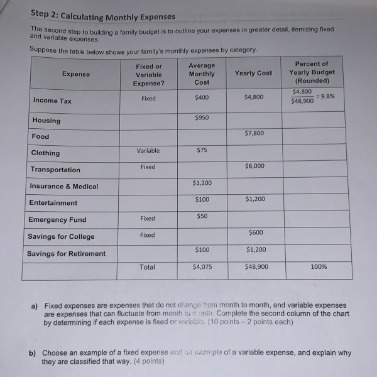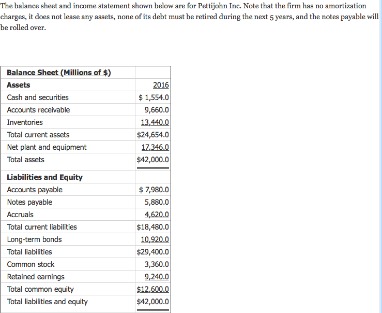- julio 1, 2021
- Posted by: andescoop
- Categoría: Bookkeeping

They are closed by crediting each expense account and debiting the income summary account. Depreciation expense is recorded on the income statement, reducing the asset’s value on the balance sheet. This practice reflects the gradual reduction in the asset’s value due to factors like obsolescence and wear and tear. Depreciation is the allocation of the cost gross pay vs net pay of tangible assets (e.g., machinery, buildings) over their useful lives. Since these assets provide benefits over several accounting periods, depreciation recognizes the wear and tear on the assets over time. T-Accounts provide a clear and organized way to track the changes in individual accounts over time.
These statements provide a snapshot of a company’s financial position at a given time. Critics of principles-based accounting systems say they can give companies far too much freedom and do not prescribe transparency. They believe because companies do not have to follow specific rules that have been set out, their reporting may provide an inaccurate picture of their financial health. Accounting principles are the rules and guidelines that companies and other bodies must follow when reporting financial data. These rules make it easier to examine financial data by standardizing the terms and methods that accountants must use. Remember, the entire point of financial accounting is to provide useful information to financial statement users.

Equity is the investment a business owner, and any other investors, have in the firm. The business owner has an what is cost of goods sold and how do you calculate it investment, and it may be the only investment in the firm. Ethical bookkeeping ensures compliance with laws and regulations related to financial reporting, reducing the risk of legal penalties. Transparency is crucial for building trust with stakeholders, including investors, creditors, and regulatory authorities.
List of Key Accounting Assumptions
These principles provide a framework that ensures consistency, reliability, and transparency in financial reporting. By adhering to these principles, businesses can enhance their financial management, comply with regulatory requirements, and provide valuable insights to stakeholders. The purpose of accounting principles is to establish the framework for how financial accounting is recorded and reported on financial statements.
Financial Statements
- Experts sometimes describe the principle of regularity as the bedrock upon which all other GAAP standards rest.
- In such cases, they may provide specially designed non-GAAP metrics alongside the required GAAP disclosures.
- Accounting principles are the rules and guidelines that companies and other bodies must follow when reporting financial data.
- Businesses that have more complex financial transactions usually choose to use the double-entry accounting process.
While U.S. companies only need to follow GAAP domestically, if internationally traded or operating with a significant international presence, they often must adhere to the IFRS as well. Formally reported data must be fact-based and dependent on clear, concrete numbers. Businesses can still engage in speculation and forecasting, of course, but they cannot add this the main specific features of double entry bookkeeping system information to formal financial statements. Accounting principles are rules and guidelines that companies must abide by when reporting financial data. Which method a company chooses at the outset—or changes to at a later date—must make sound financial sense. Bookkeeping in a business firm is an important, but preliminary, function to the actual accounting function.
Understanding the 10 Basic Bookkeeping Principles
This equation demonstrates that a company’s assets (what it owns) must equal the sum of its liabilities (what it owes) and equity (the owners’ stake in the business). By maintaining this balance, bookkeepers can verify the accuracy of their records. If a company follows an accounting principle, it should keep following the same principle until a better one is found. If the consistency principle is not followed, the company will jump around here and there, and financial reporting will be messy.
In the case of rules-based methods like GAAP, complex rules can cause unnecessary complications in the preparation of financial statements. These critics claim having strict rules means that companies must spend an unfair amount of their resources to comply with industry standards. Some scholars have argued that the advent of double-entry accounting practices during that time provided a springboard for the rise of commerce and capitalism. Materiality Concept – anything that would change a financial statement user’s mind or decision about the company should be recorded or noted in the financial statements. If a business event occurred that is so insignificant that an investor or creditor wouldn’t care about it, the event need not be recorded. Monetary Unit Assumption – assumes that all financial transactions are recorded in a stable currency.
Any financial statement must accurately reflect all of the company’s assets, expenses, liabilities and other financial commitments. Reports must therefore be thorough and clear, without any omissions or modifications. Besides the ten principles listed above, GAAP also describes four constraints that must be recognized and followed when preparing financial statements.
